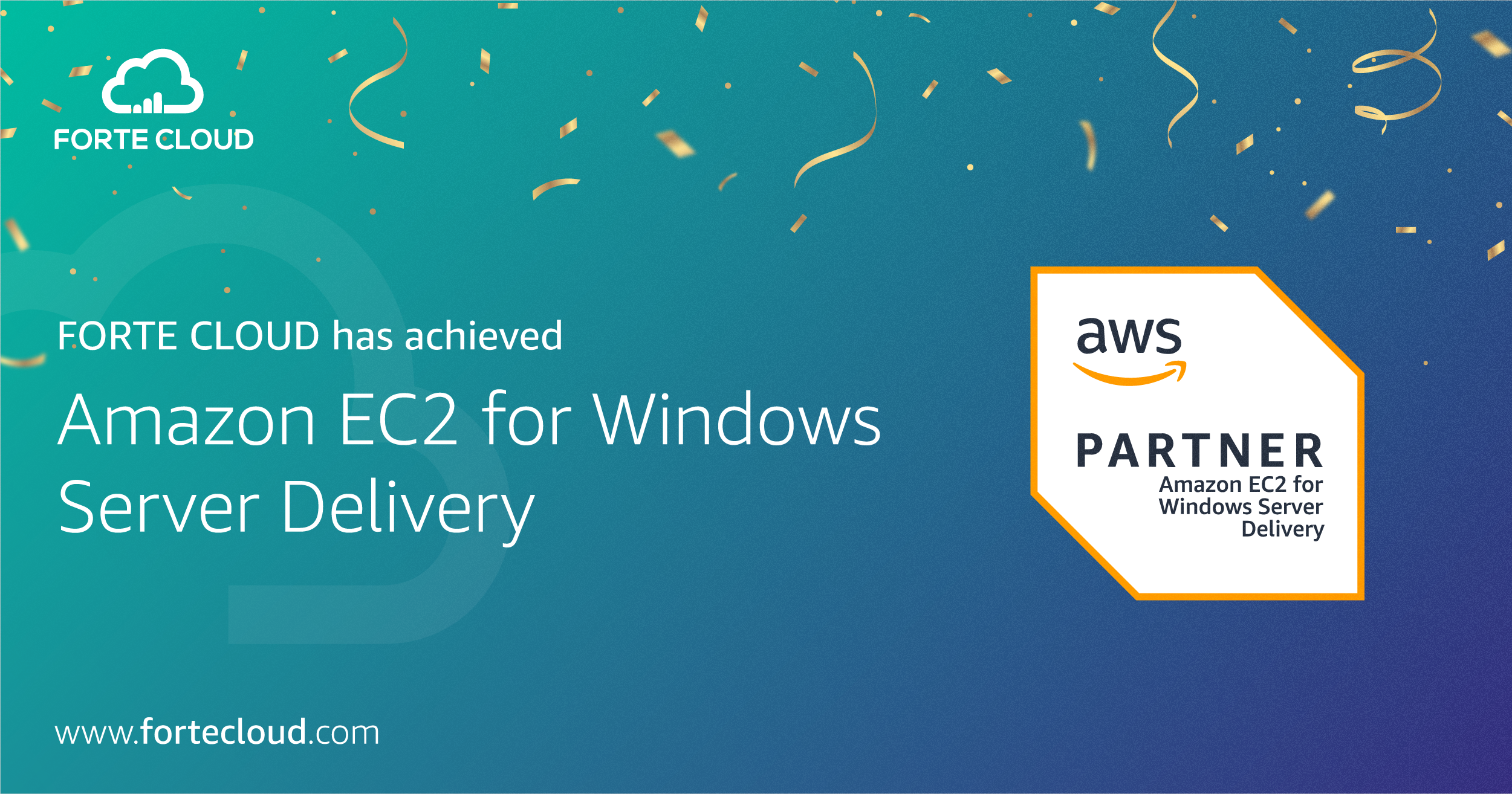Over the past decade, more companies have started adopting a “digital-first” business strategy. According to the IDG, 91% of organizations have adopted, or have plans to adopt, a “digital-first” business strategy, and close to two-thirds (61%) say that the global pandemic forced them to start implementing their strategy early.
As businesses continue to pivot to a digital-first strategy, the cloud will continue to play a major role in the future. To put it into perspective, according to the IDC, by 2025 worldwide cloud spending will reach $1.3 Trillion. In fact, according to the IDC public cloud services alone will total $385 billion in 2021 and will by 2025 have grown to over 21%, reaching $809 billion.
What does that mean exactly? Well, it means that cloud computing is a necessity for any business looking to stand out among the competition.
What is cloud computing?
Cloud computing is simply the on-demand delivery of IT resources through the internet on a pay-as-you-go basis. It’s similar to a utility bill as you only pay for what you use every month. There are three cloud deployment models at the moment:
-
- On-premises or private cloud
- Public cloud or shared cloud
- Hybrid cloud
Each model has its benefits and drawbacks. We discuss each model in detail below to help you better understand which is best for you.
For more information on cloud computing in general and its benefits, read this article.
On-Premises (Private Cloud)
Just as the name suggests, this type is where the servers and data centers are located at the organization’s place of business. This is also means, that the organization is responsible for the maintenance and the uptake of the equipment.
Benefits:
-
- Security: With on-premises you have more security as your datacenters can only be accessed by known and approved personnel.
- Flexibility: On-premises affords you the freedom to adjust your environment to fit specific business needs.
- Control: Only internal personnel has access to both the hardware and the software as well as any resources in your environment.
Drawbacks:
-
- Cost: One of the major drawbacks of on-premises is the high cost. As your business is responsible for all maintenance and upkeep costs. As well as acquiring new equipment if needed and installation fees.
- Scalability: Depending on your current capacity, scalability can be a slow process. Before you decide to scale your operations further, you will first need to look at your hardware capabilities. If more resources are needed, then you need to provision more resources and wait for them to arrive and be installed before you scale.
- Slow time to market: Depending on whether you have the hardware capabilities, launching any new feature/application could take anywhere from weeks to months.
Public cloud
It is the delivery of IT resources through a third-party provider such as Amazon Web Services (AWS) or Microsoft Azure on a pay-as-you-go basis. Here the provider is the one responsible for the upkeep and maintenance of the data centers and servers giving you the freedom to focus on your core business goals.
Benefits:
-
- Lower Costs: There is no initial capital expenditure (CAPEX) with public cloud, meaning that in the long term it costs less than on-premises.
- Scalability: With the public cloud, you get near limitless scalability. With just a click you can scale up or down.
- Reliability: Cloud providers usually spread their operations over several redundant and available data centers and servers in preparation, thus minimizing the likelihood of downtime.
Drawbacks:
-
- Data Security: As you don’t have complete control of the infrastructure, you also lose some control over the security of your data. Most cloud providers operate on a shared-responsibility model when it comes to security. Meaning that they can control certain aspects of the security while you control the rest.
- Technical Control: Not all providers will allow you to see their physical data centers. Meaning that you have no control over the maintenance, upkeep, or quality of the hardware and will have to trust that the provider is properly handling this aspect.
- Greater Impact in Case of Failure: While failure chances are low here, there is still a possibility of it happening. And if it does, then it will have a greater impact on your business. So you must have complete trust that they will fix the issue as soon as possible.
Hybrid cloud
In this model, businesses utilize the private cloud for some IT resources, like critical data that require a static environment; and use some resources through the public cloud. It’s often the go-to solution for businesses who want to take advantage of both public and private models.
Benefits:
-
- Flexibility: With a hybrid model you can take advantage of additional flexible and reliable resources from the public cloud when you need them.
- Scalability: You can use the public cloud for scaling up or down whenever there’s a spike while keeping most of your operation on-premises.
- Security: The best part is that you can still keep all your sensitive data and information in your secure private environment while using the public cloud for scalability and flexibility.
Drawbacks:
-
- Cost: One major drawback of this model is the cost. As you are not only paying for the cost of maintaining the hardware in your company but also the cost of using the public cloud. This can result in wasted resources if not managed correctly.
- Management: To maintain an efficient management system between your private and public assets, there must be strong compatibility between your internal environment and public provider. Depending on your provider, some limitations might cause an issue for your business in the long run.
- Added Complexity: Operations and management are made more complex as your resources are naturally spread across an evolving mix of private and public architectures.
Choosing the right fit for you
Depending on your needs, budget, and the size of your operation, the cloud deployment model that is best for you will differ. The choice must be determined based on your digital strategy and your business priorities. To ensure the best solution for you, keep these questions in mind:
-
- What’s your infrastructure like?
Do you already have an existing private infrastructure you want to keep or not? In this case, it might be best to keep some of what you already have and build on it with the right public cloud provider.
- What’s your infrastructure like?
-
- Can you anticipate your growth or is it unpredictable?
If your growth rate is undetermined or unpredictable, it’s better to go for the public cloud as it offers the most freedom when it comes to scalability.
- Can you anticipate your growth or is it unpredictable?
-
- Is your industry heavily regulated?
In some industries, you may not be able to store all your data on the public cloud due to privacy. In this case, a hybrid or a private cloud may be the best option for you as they offer you the security and management options needed.
- Is your industry heavily regulated?
-
- What’s your budget?
Finally, the decision might come down to budget. You might want to go to a private model but due to budget limitations, you will have to work with a hybrid or even a public cloud option.
- What’s your budget?
How FORTE CLOUD Helps You
FORTE CLOUD is an AWS advanced consultant partner that offers various AWS technology services from consultation, migration to cloud-managed and support services. We aim to provide technology solutions and services that are specially tailored to address the challenges of each of our clients’ businesses and answer for their digitalization and process automation. Contact our team today for our consultation.




